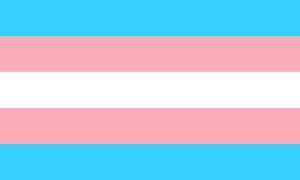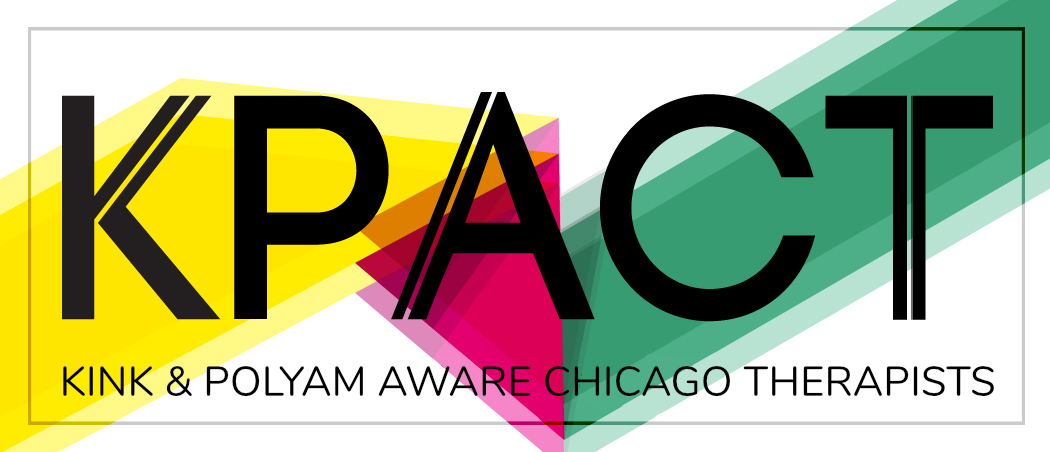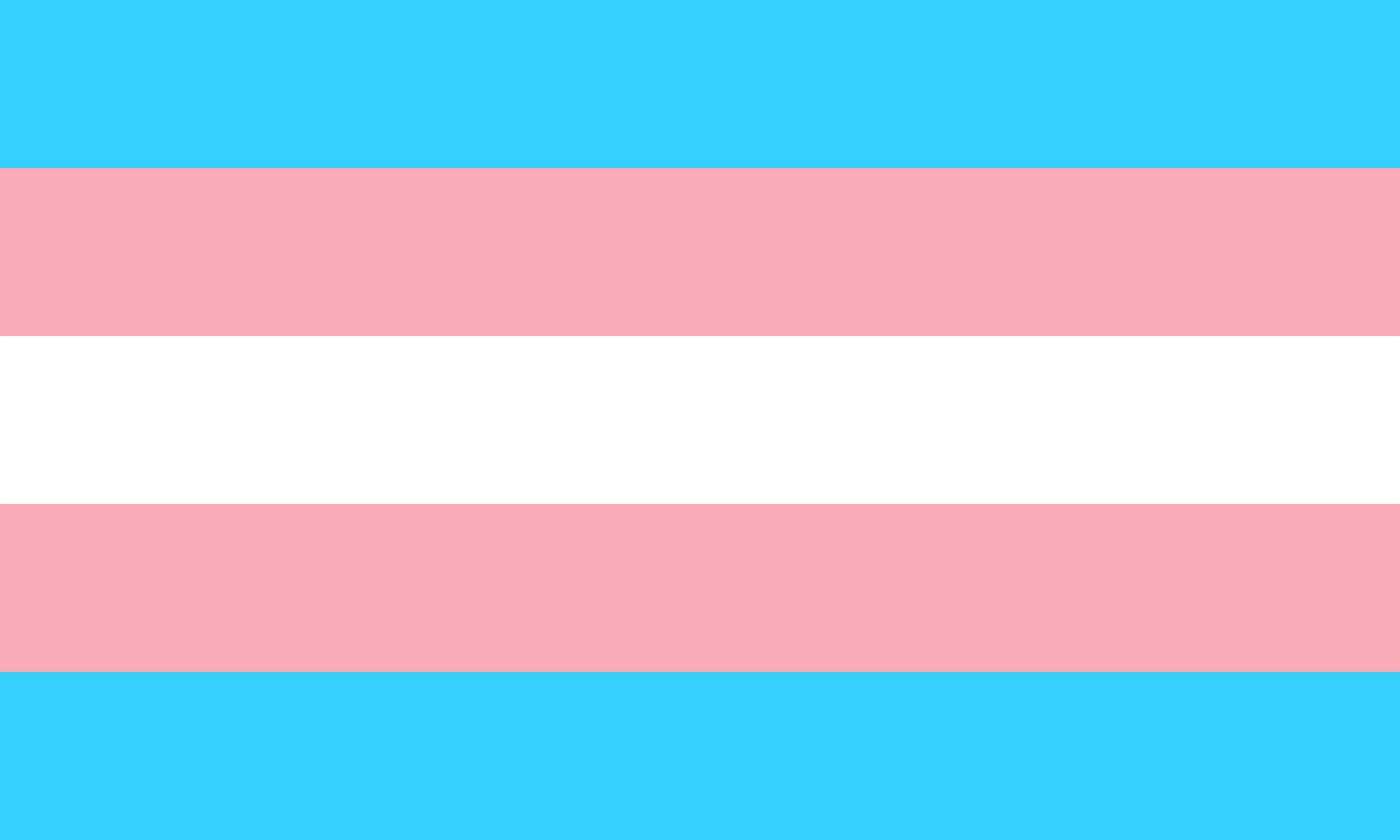 by Worner Leland, MS, BCBA, of Upswing Advocates
by Worner Leland, MS, BCBA, of Upswing Advocates
As a clinician, it is important to build competency in transgender care, but it may be difficult to know where to start. In our last blog we presented some gender-affirming clinical skills you can incorporate into your practice. Here are some additional skills to best serve your transgender clients.
Don’t Assume One Narrative.
As transgender narratives become more widely depicted in the media, it is common to hear a narrative of “knowing since birth” and being “born in the wrong body.” While this is a true experience for many transgender people, it is by no means every transgender person’s experience. Lots of transgender people have experiences of gender incongruence from a young age, even if they did not have language for it at the time. Other transgender people encounter fluctuation in their experience of gender over time, or may not have felt and gender incongruence until later in life. All of these are valid and normal transgender experiences.
Experiences vary widely. Some transgender people experience pervasive gender dysphoria; however, this dysphoria can manifest for people in different ways. Some people experience deep incongruence between their gender and their sex assigned at birth, and some experience a strong desire to be rid of or see change in their primary or secondary sex characteristics. Some transgender people do not experience any body dysphoria, but may experience a social dysphoria based on the way they are gendered by other people. And some transgender people never experience deep or troubling gender dysphoria, but instead simply experience gender euphoria. You can honor your client’s individual gender journey by getting rid of assumptions about what it means to be transgender. Ask open ended questions, instead of leading questions. Believe your client and the truth of their own experience.
If it’s not about gender, don’t make it about gender.
Just like cisgender people, transgender people seek therapy or health services for a variety of reasons. While transgender people may wish to discuss their gender experience in a therapeutic setting, this is not always the case. Some people may experience dysphoria or distress around their gender, but may or may not wish to address it via therapy. Some people may not experience dysphoria or gender-related distress at all, and to imply or assume that any general distress a client is experiencing is tied to their gender identity can be insulting. If a transgender client is speaking about their life experiences or feelings, unless they specifically tie this to their gender identity, it is often not helpful for a clinician to do so.
Acknowledge the intersections.
According to the 2015 U.S. Transgender Survey Report, transgender people experience pervasive mistreatment and violence, as well as severe economic hardship and instability. And transgender people with other intersecting marginalized identities experience bias and discrimination or worse to an even higher degree. It is important to acknowledge and hold space for the impact that both prejudice and systemic marginalization can have on the way your clients are treated and the ways in which they experience the world. Believe your clients when they tell you about their experiences.
Shape that environment.
When a client walks into your space, does it feel trans friendly? It is important for clients to be able to see themselves represented in a space. Include transgender people in your materials and marketing, and avoid gendered language. Utilize intake forms that have write-in options for correct name and pronouns as well as for gender. Have systems in place that utilize transgender people’s correct names and which restrict staff access to their legal names. Train staff to use gender neutral greetings and to be fluent with a variety of pronouns.
Social Validity and resource sharing.
It is important to be checking in with clients and to ask how we can make them feel more seen and heard. If a transgender client gives you feedback on how you are treating them, own your previous behavior, validate your client’s experience, and incorporate their feedback. Also be prepared to support your client by connecting them with other gender-affirming providers, especially ones who offer sliding scale services. Resources like RAD Remedy and Spectrum Scores can help connect you with gender-affirming providers in your area, and you can contribute to these resources as you build your LGBTQIA-affirming health community.
Worner Leland, MS, BCBA, is the Director of Development and Promotion at Upswing Advocates, a nonprofit organization that provides sliding scale coaching, groups, trainings, and research opportunities that focus on the LGBTQIA community. Worner is also an Adjunct Faculty member at The Chicago School of Professional Psychology.

